Request a respirable silica & respirable dust air quality quote in 30 seconds. Get ready for an impressively fast (and helpful) response from us.
Respirable crystalline silica (RCS) dust poses a significant health hazard in various industries. Mobile Screening provides comprehensive silica air monitoring and silica dust testing services across Australia to help businesses accurately assess and control exposure risks. Our expert team ensures you meet stringent Safe Work Australia regulations, safeguarding your employees’ health and your business’s compliance.
Gain proof of compliance with expert silica & dust assessments. Our thorough assessments determine if your workplace meets the latest silica dust and general dust exposure limits.
You can trust that Mobile Screening's silica air monitoring and dust assessments will assess employee exposure against Safe Work WELs and regulations specific to your state or territory.
Our personal and static air sampling for silica dust and general dust is conducted with minimal impact on your workday. Monitors are set up at the start and collected at the end of the shift, requiring less than 5 minutes of staff time.
Our silica testing and dust analysis are performed by NATA accredited laboratories, ensuring you receive accurate and reliable results compliant with Australia's national accreditation body.
Receive your comprehensive air quality report, detailing silica dust and general dust levels within 7 working days. Express turnaround options are also available.
Air quality assessments conducted by Mobile Screening help ensure you are compliant with regulations in your state or territories.



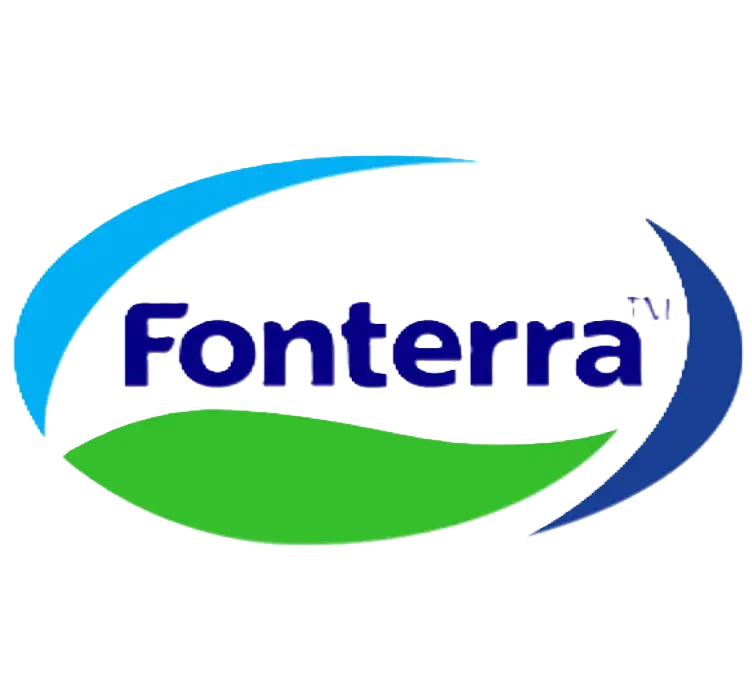





Severe diseases associated with respirable crystalline silica exposure include: silicosis, lung cancer, kidney damage, and other serious illnesses.
Compliance is mandatory:
Air quality monitoring is crucial:
The hierarchy of controls must be followed:
While the existing Workplace Exposure Standard remains:
The changes on 1 September 2024 focuses on bringing stronger regulations:
Sources and related content
Workplace exposure standard for respirable crystalline silica – Safe Work Australia
Crystalline silica and silicosis – Safe Work Australia
Stronger regulation of crystalline silica substances from 1 September 2024
Materials like concrete, bricks, tiles, mortar, stone, and engineered stone.
Cutting, grinding, drilling, sanding, and demolition of silica-containing materials.
Inhaling silica dust can lead to serious lung diseases like silicosis, lung cancer, and other respiratory problems.
The Australian Standard is 0.05 mg/m3, which is standard everywhere – it is noted that overarching regulations and guidelines may differ per state/territory.
No. Any worker involved in activities that generate silica dust is at risk, including those in manufacturing, construction, mining, and other industries.
If your work involves activities that generate silica dust, you likely need an assessment. If you are unsure, you must conduct one.
It involves measuring the concentration of respirable crystalline silica dust in the workplace air over a standard shift.
Regularly, especially after changes to work processes, materials, or control measures.
You must implement control measures to reduce exposure, such as dust suppression, ventilation, or respiratory protection.
Records of assessment results, control measures, and worker health monitoring
Dust suppression (wet cutting), local exhaust ventilation, and respiratory protection
Yes, health monitoring is mandatory for workers exposed to respirable crystalline silica.
Fines, improvement notices, prohibition notices, and potential prosecution.
No, all businesses must comply with silica exposure standards.
PPE is a last resort. The hierarchy of control must be followed, with engineering controls being preferred.
Safe Work Australia and your state/territory WHS regulator

Onsite workplace hearing tests in accordance with the Australian Standard AS/NZS 1269.4:2014

Comprehensive assessment against the Australian noise exposure standard

Analysis of airborne dust, silica, welding fumes, VOCs, PAHs, diesel particulate and asbestos
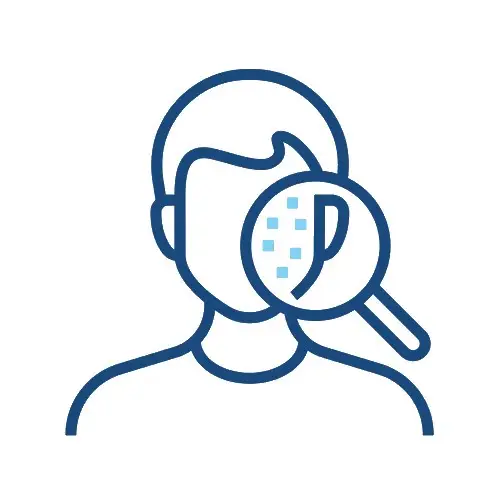
Comprehensive staff skin checks and education by experienced Melanographers

Lung function testing that meets the standards set by the Thoracic Society of Australia

Respirator fit testing in accordance with Australian Standard AS/NZ 1715:2009
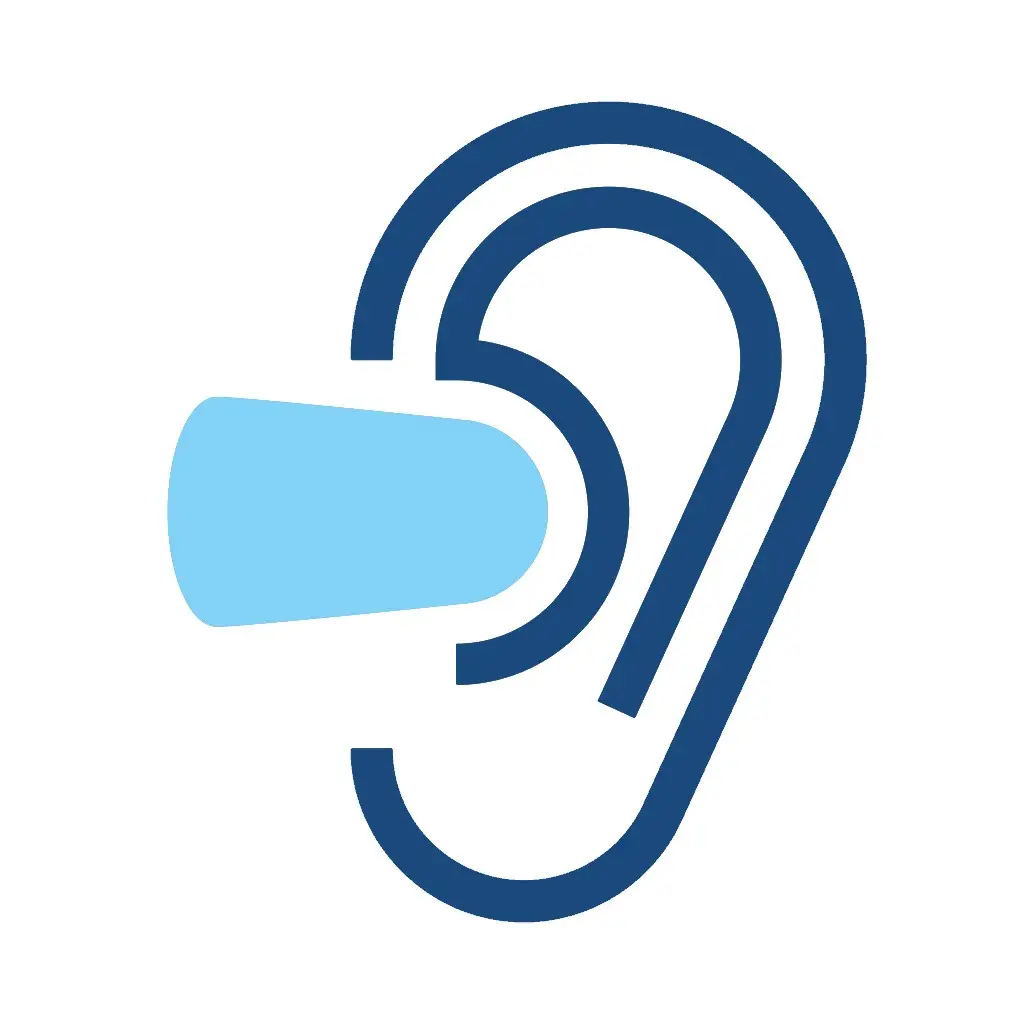
Ear fit testing to ensure compliance with the Australian Standard AS/NZS 1269.3:2005

AusCVDRisk assessment recognised by the Australian Heart Foundation

AUSDRISK assessment developed by the Bake IDI Heart Diabetes Institute

Blanket and random testing in accord with your company's drug and alcohol policy

Lux testing for workplace safety, productivity, and well-being.
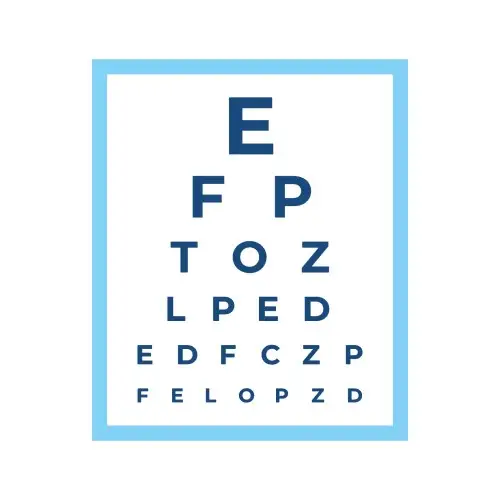
A quick and easy assessment of how well people can see using a Snellen chart.
22 Church St, Hawthorn VIC 3122
903/50 Clarence St, Sydney NSW 2000
29/97 Creek St, Brisbane QLD 4000
3/55 Gawler Pce, Adelaide SA 5000
202 /37 Barrack St, Perth WA 6000

Following careers in the Australian Defence Force, service men and women continue to seek meaningful and interesting careers. As part of the Australian Government's Veteran Employment Program, Mobile Screening has been recognised as a Veteran Friendly Employer because our workplace policies and practices support their employment.

Mobile Screening operates nationally. Wherever you are, we can perform an onsite assessment. We acknowledge Aboriginal and Torres Strait Islander peoples as the First Peoples of this nation and the Traditional Custodians of the land on which we travel and work. We pay our respects to Elders, knowledge holders and leaders – past, present and emerging.
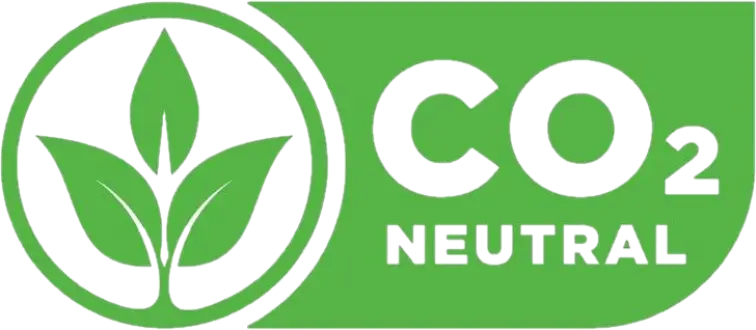
Mobile Screening delivers onsite workplace health and safety screening nationwide, including skin checks, hearing tests, air quality assessments and more. Contact us today for a quick quote!
Mobile Screening Pty Ltd, ABN 76 612 939 705